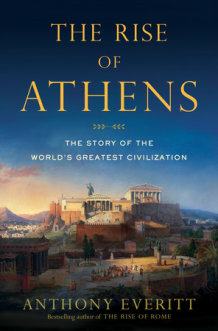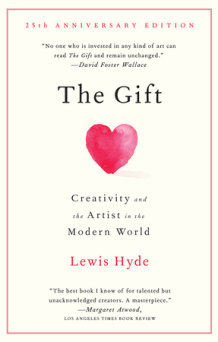
Photo © Shutterstock
EDITOR'S NOTE:
Want a challenge in the New Year? Book Riot has you covered with Read Harder. We’re looking at this, Oscar categories, and more in today’s Daily Blunt.
You’re reading, but are you truly growing? Recognizing book lovers’ instinct to take the easy road, clinging to simpler formats and pursuing existing interests, Book Riot invites us all to participate in their third annual Read Harder challenge. They’ve broken the challenge down into certain criteria you must meet in your book selections for 2017, ranging from the relatively obscure (“Read an LGBTQ+ romance novel”) to the fairly general (“Read a book about sports”), stretching your worldview to include as many unfamiliar perspectives as possible. If your critical thinking muscles have sagged a bit since college, now’s your chance to whip yourself back into fighting shape!
On the heels of yesterday’s rulings from the Academy about what constitutes an “original score,” it shouldn’t be surprising that we’re also experiencing shakeups in terms of what Oscar voters will consider an “adapted screenplay.” It turns out that “Moonlight” and “Loving” — which had both been vying for original script nominations — have been reclassified as adaptations at the last minute. The former owes its inspiration, however loosely, to a stage play, while the latter hewed too closely the HBO documentary “The Loving Story” to be considered a truly original work. This shakes up the race in both categories, since “Moonlight” had been imagined to be a major contender in its previous slot. How will it fare against films that enjoy a more solid literary connection?
Speaking of the Oscar nominees, BUST magazine has a bone to pick with the voting community for basically drumming Nate Parker out of the race due to his college-aged acquittal on rape charges, while basically ignoring the more recent ones leveled against Casey Affleck for sexual harassment and assault of women he’s worked with on various film projects. “The Huffington Post recently speculated that media outlets aren’t asking Affleck about his seedy past because there’s a risk of them losing access to [Matt] Damon and the older Affleck if they ask relevant questions to serious crimes,” BUST observes, pointing out the parallels to Woody Allen and others who end up being shielded from association with their alleged abuses thanks to a “complicated and artistic” public persona.
What happens when you take four hundred different adaptations of A Christmas Carol and edit them into one huge supercut? Unbelievably, you end up with a fairly coherent, hourlong version of Dickens’s classic tale, as you can see for yourself in the video below. This project encompasses snippets of everything from “Sandford and Son” to “Tales from the Crypt,” all whipped into a potent holiday brew that will keep you spellbound in amazement over just how many versions of this story have been committed to film. Not to be missed: the full five-minute montage of actors saying “Bah, Humbug!”




 The Gift: Creativity and the Artist in the Modern World
The Gift: Creativity and the Artist in the Modern World Big Magic: Creative Living Beyond Fear
Big Magic: Creative Living Beyond Fear About Writing: Seven Essays, Four Letters, & FiveInterviews
About Writing: Seven Essays, Four Letters, & FiveInterviews Creativity, Inc.: Overcoming the Unseen Forces That Standin the Way of True Inspiration
Creativity, Inc.: Overcoming the Unseen Forces That Standin the Way of True Inspiration Hammer Head: The Making of a Carpenter
Hammer Head: The Making of a Carpenter The Paris Review Interviews, Volume 1
The Paris Review Interviews, Volume 1 The World Beyond Your Head: On Being An Individual inan Age of Distraction
The World Beyond Your Head: On Being An Individual inan Age of Distraction Wonderbook: The Illustrated Guide to Creating ImaginativeFiction
Wonderbook: The Illustrated Guide to Creating ImaginativeFiction 33 Artists in 3 Acts
33 Artists in 3 Acts Pick Me Up: A Pep Talk For Now & Later
Pick Me Up: A Pep Talk For Now & Later